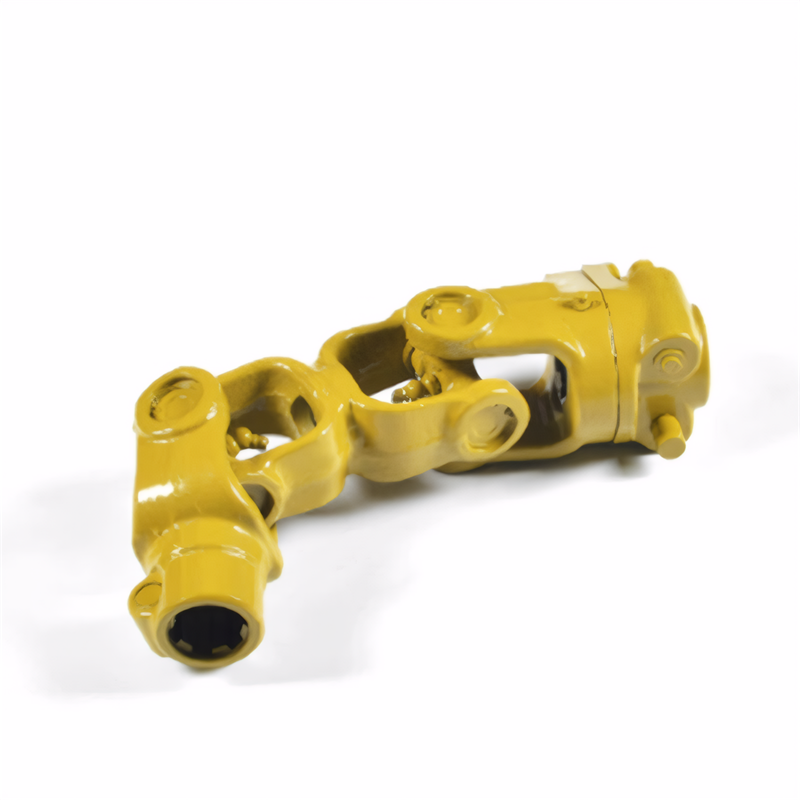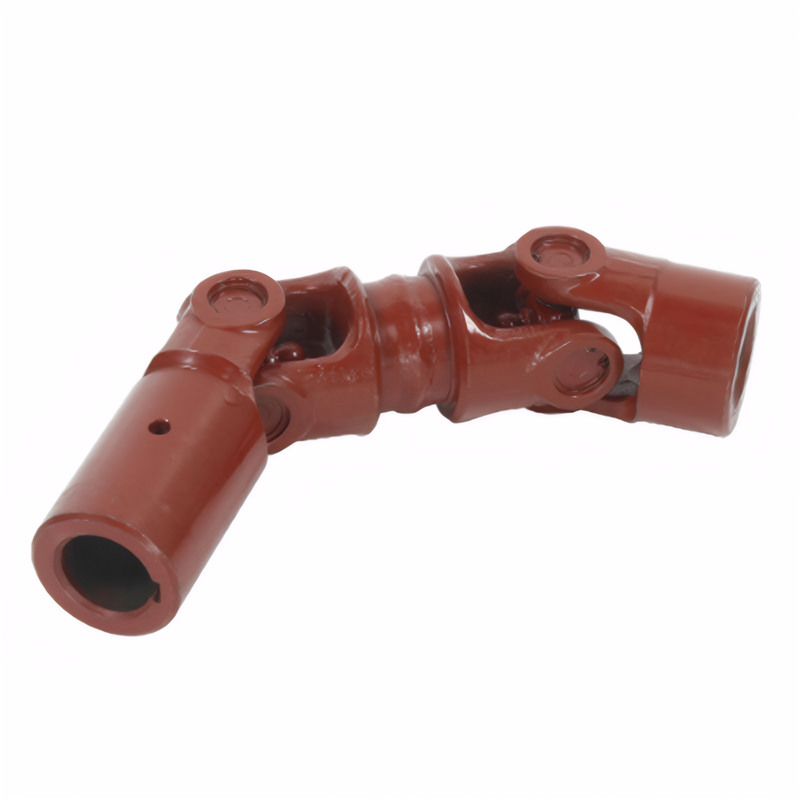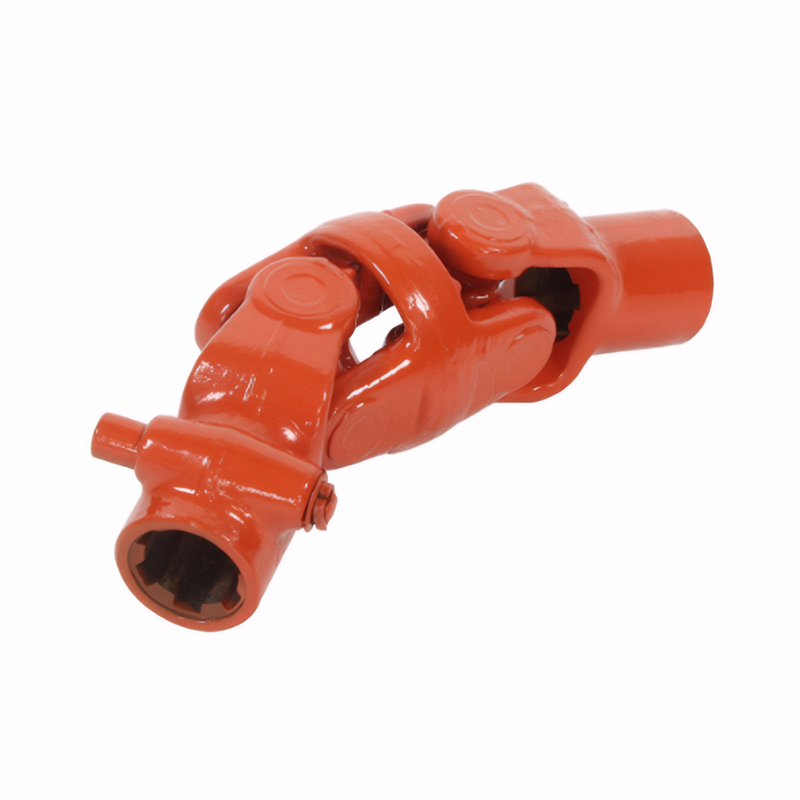The measurement method of the drive shaft Angle
Comprehensive Guide to Measuring Transmission Shaft Angles
Understanding the Significance of Transmission Shaft Angles
The angles of a transmission shaft play a crucial role in the overall performance and longevity of a vehicle's drivetrain. Transmission shafts are responsible for transferring power from the engine to the wheels, and their proper alignment is essential for smooth operation. Incorrect angles can lead to a variety of issues, such as excessive vibration, premature wear of components like universal joints and bearings, and reduced power transmission efficiency.
When the transmission shaft angles are not within the specified range, it can cause the shaft to operate at an abnormal angle, resulting in uneven stress distribution. This uneven stress can lead to fatigue and eventual failure of the shaft or its associated components. Therefore, accurately measuring the transmission shaft angles is the first step in ensuring that the drivetrain is functioning optimally and to prevent costly repairs down the line.
Tools Required for Transmission Shaft Angle Measurement
Inclinometers
Inclinometers are versatile tools that can be used to measure angles accurately. They come in various types, including digital and analog models. Digital inclinometers are often preferred due to their high precision and ease of reading. These devices work by detecting the angle of the surface they are placed on relative to the gravitational force.
To use an inclinometer for measuring transmission shaft angles, it is placed on a flat and stable surface that is in contact with the shaft or a component related to its alignment, such as the transmission or differential housing. The inclinometer then displays the angle in degrees, allowing for precise measurement. Some advanced digital inclinometers may also have features like data logging and the ability to store multiple angle measurements for comparison.
Protractors and Angle Finders
Protractors and angle finders are simple yet effective tools for measuring angles. A protractor is a semi - circular or circular device with degree markings, while an angle finder typically consists of two arms that can be adjusted to form an angle, with a scale indicating the measurement.
When using a protractor or angle finder for transmission shaft angle measurement, one arm of the angle finder can be placed along a reference line, such as the axis of the transmission output shaft, and the other arm can be adjusted to align with the axis of the transmission shaft itself. The angle between the two arms can then be read from the scale, providing the measurement of the transmission shaft angle. These tools are relatively inexpensive and easy to use, making them suitable for basic angle measurements in a workshop or garage setting.
Step - by - Step Process of Measuring Transmission Shaft Angles
Preparing the Vehicle
Before starting the measurement process, it is essential to prepare the vehicle properly. Park the vehicle on a level surface to ensure accurate angle readings. Engage the parking brake and chock the wheels to prevent the vehicle from moving during the measurement.
Next, raise the vehicle using a suitable jack and support it securely on jack stands. This allows access to the transmission shaft and its associated components. Make sure that the vehicle is stable and level on the jack stands before proceeding with the measurements.
Identifying Reference Points
To measure the transmission shaft angles accurately, it is necessary to identify reference points. These reference points can be the axes of the transmission output shaft and the differential input shaft. The transmission output shaft is the part of the transmission that transfers power to the transmission shaft, while the differential input shaft receives power from the transmission shaft and distributes it to the wheels.
Locate these reference points carefully. In some cases, it may be necessary to remove protective covers or shields to gain clear access to the shaft axes. Once the reference points are identified, mark them clearly using a non - permanent marker or chalk to ensure consistent measurement during the process.
Taking the Angle Measurements
Using the chosen measuring tool, such as an inclinometer or angle finder, place it in a position to measure the angle between the reference points. For example, if using an inclinometer, place it on a flat surface that is parallel to the axis of the transmission output shaft and note the angle reading. Then, move the inclinometer to a position parallel to the axis of the transmission shaft and take another reading.
The difference between these two readings will give you the angle of the transmission shaft relative to the transmission output shaft. Repeat the measurement process from the transmission shaft to the differential input shaft to obtain the complete set of angle measurements. It is advisable to take multiple measurements at different points along the shaft to ensure accuracy and to account for any potential irregularities in the shaft's alignment.
Interpreting the Measurement Results
Comparing with Manufacturer Specifications
Once the transmission shaft angles have been measured, it is crucial to compare the results with the manufacturer's specifications. These specifications can typically be found in the vehicle's service manual or technical documentation. The manufacturer will provide the acceptable range of angles for the transmission shaft based on the design and intended use of the vehicle.
If the measured angles fall within the specified range, it indicates that the transmission shaft is properly aligned, and no immediate action is required. However, if the angles are outside the specified range, it suggests that there is an alignment issue that needs to be addressed.
Identifying Potential Issues Based on Angle Deviations
Deviations from the manufacturer's specified angles can point to various potential issues. For example, if the transmission shaft angle is too steep, it may cause excessive stress on the universal joints, leading to premature wear and failure. On the other hand, if the angle is too shallow, it can result in reduced power transmission efficiency and increased vibration.
Other possible issues that can cause angle deviations include a bent transmission shaft, worn or damaged suspension components, or incorrect installation of the transmission or differential. By analyzing the measured angles and comparing them with the specifications, a mechanic or technician can determine the root cause of the alignment problem and take appropriate corrective action, such as adjusting the suspension, replacing worn components, or realigning the transmission shaft.
 Accuracy requirements for the
Accuracy requirements for the
 Selection of universal joint t
Selection of universal joint t
 Standard for coaxiality error
Standard for coaxiality error
 Requirements for the surface r
Requirements for the surface r
 简体中文
简体中文 English
English
